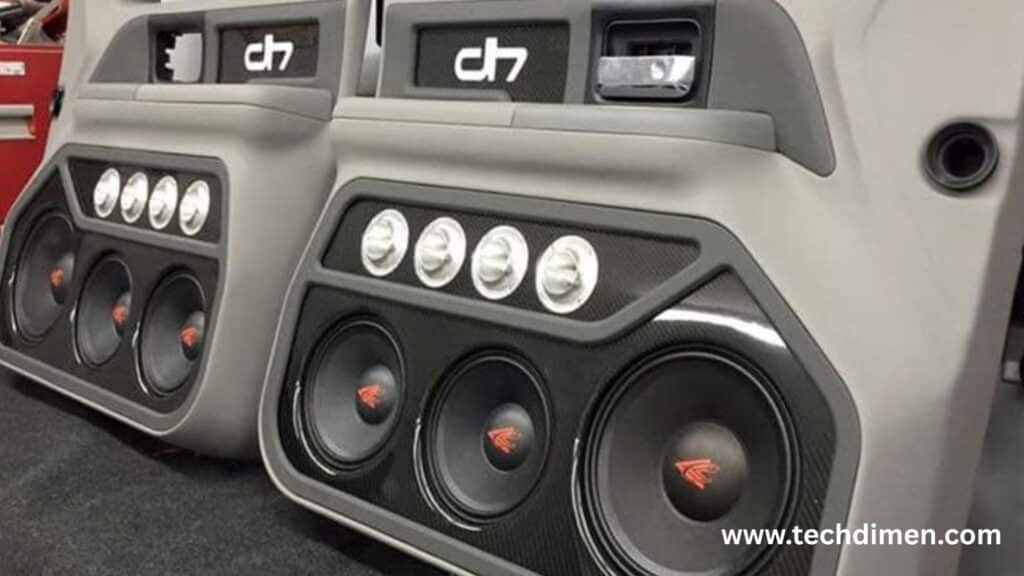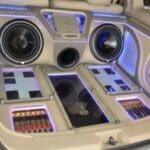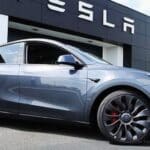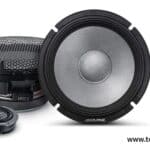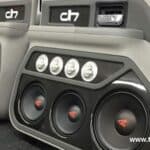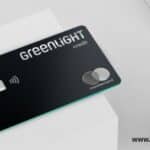Upgrading your vehicle with advanced car audio solutions can completely change how you experience every drive. Whether you’re commuting, road tripping, or just enjoying a Sunday cruise, the right sound system turns your car into a moving soundstage. This guide dives deep into everything you need to know about crafting the ultimate in-car entertainment system in 2025 and beyond.
Why Today’s Drivers Demand More from Their Advanced Car Audio Solutions
Factory-installed audio systems rarely meet the expectations of serious music lovers. Most factory systems are built to minimize cost, not to maximize sound quality. As streaming platforms increasingly offer high resolution audio for cars, drivers want fidelity that factory units simply can’t provide. Moreover, with today’s connected lifestyle, people expect seamless integration with smartphones, smart assistants, and online music libraries.
Older stereos were basic—usually offering just radio or CD playback. Now, drivers expect touchscreen displays, wireless smartphone integration, voice commands, and support for formats like FLAC and DSD. As Ken Ishikuro, a lead engineer at Focal, once said, “A well-tuned custom car sound system is like a concert hall on wheels.”
Key Benefits of an Upgraded Audio Experience
The advantages of investing in a high-end audio system are numerous. You get richer mids and highs, punchier bass without distortion, and a soundstage that feels three dimensional. These improvements do more than enhance your music they also reduce stress and improve focus, particularly on long drives. Clearer voice navigation and hands-free calls make driving safer and more convenient. And since top-tier systems are built for future tech, you won’t have to upgrade again for years.
Core Components of an Advanced Car Audio System
Building a high-end car stereo involves combining several components that each play a crucial role. The amplifier is essentially the engine behind your sound. Choosing the right type Class A/B for warmer tones or Class D for efficient, compact power can dramatically affect performance. Proper installation includes using the correct gauge wire, grounding the amp within 18 inches, and placing a fuse close to the battery.
High-fidelity speakers are equally important. You can choose coaxial speakers, which are easier to install and provide full-range sound, or component speakers, which separate the tweeters and woofers for superior imaging and soundstage. Component speakers often require custom installation but provide a more immersive audio experience.
A powerful subwoofer brings depth and definition to your audio. Your ideal car subwoofer setup depends on your musical preferences, available space, and how loud you want it. Sealed enclosures give tight, accurate bass, while ported ones offer louder, deeper sounds. Bandpass enclosures focus on specific frequency ranges and are popular in sound pressure level competitions.
No system is complete without a digital signal processor. A DSP is like the brain of your system, managing time alignment, crossover points, and equalization. With it, you can tune your system for flat frequency response or sculpt it to your liking. It enables true customization, helping eliminate distortion and phasing issues.
The head unit serves as the command center. In 2025, modern head units come with wireless Apple CarPlay and Android Auto, high-definition capacitive touchscreens, lossless audio support, and customizable interfaces. These features provide not just better sound but a more intuitive and enjoyable user experience.
How to Choose the Right Setup for Your Ride

Your vehicle’s acoustics significantly influence audio performance. Factors like cabin size, speaker placement, and the type of materials used inside affect how sound behaves. For example, larger vehicles often need more power and additional sound treatments to control reflections and resonance.
Your personal listening style should also guide your choices. Audiophiles typically prioritize neutral, accurate sound with lots of detail, while bass lovers want deep, punchy low-end response. Balanced setups aim for equal treatment across all frequency ranges.
Choosing between a custom car sound system and a pre-configured solution depends on your needs and budget. Custom systems offer superior quality and personalization but come at a higher cost and require professional installation. Pre-built systems are easier to install and ideal for daily drivers who want a noticeable upgrade without extensive modifications.
If you’re budgeting, it’s helpful to know what your money can buy. For around $500, you can upgrade your speakers and head unit. A $1,500 investment can include an amplifier and a decent subwoofer. With a $3,000 or higher budget, you can create a full system that includes high-end components, DSP tuning, and comprehensive soundproofing.
Installation: DIY vs Professional Setup
Some parts of a car audio upgrade can be done on your own. Swapping out door speakers, adding sound deadening material, or installing a plug-and-play amplifier are all manageable with basic tools and some research.
However, professional installation becomes essential when you’re dealing with custom speaker enclosures, complex wiring for multi-channel amplifiers, or DSP tuning. Professionals can also handle integration with factory systems, ensuring that your new setup works seamlessly with existing controls.
It’s important to avoid common mistakes. Using mismatched impedance can damage your components. Overpowering speakers without upgrading wiring leads to overheating and distortion. Poor tuning, or skipping tuning entirely, can make even expensive gear sound mediocre. And without soundproofing, outside noise can interfere with your listening experience.
Proper tuning tools like real-time analyzers and SPL meters help you achieve accurate sound reproduction. Sound deadening materials, such as Dynamat or HushMat, dramatically improve clarity and bass response by reducing vibrations and road noise.
Top Advanced Car Audio Solutions Brands in 2025
Several brands lead the market in 2025 for their performance and reliability. Focal is renowned for producing audiophile-grade speakers, while JL Audio is a top choice for subwoofers and digital processors. Alpine offers balanced systems that excel in head unit design, and Kenwood’s Excelon line delivers high-resolution setups at competitive prices. Audison is favored for its DSPs and premium amplifiers.
Emerging players like Helix, Sony Mobile ES, and Eton are also making waves with innovative features and competitive pricing. When selecting equipment, prioritize features like Bluetooth 5.3, support for LDAC and aptX HD codecs, and modular expansion ports that allow future upgrades.
Avoid These Common Car Audio Upgrade Pitfalls
Skipping electrical upgrades is a mistake many make. A high-powered system draws more current than your factory alternator or battery might handle. Installing a high-output alternator or a capacitor helps stabilize voltage and prevents dimming or amp shutdowns.
Neglecting to use soundproofing is another major oversight. Without materials that control vibrations and absorb road noise, even the best gear can’t perform at its peak.
Improper tuning is a common downfall. A system that isn’t correctly tuned may sound muddy or overly bright. Always tune for a flat baseline, then adjust for personal preference. Using tuning tools and consulting with experts can make a massive difference.
Component compatibility is crucial. Mixing different brands and models can result in mismatched impedance or sensitivity, leading to poor sound or equipment failure. Always check specs and ensure all parts work harmoniously together.
this World Car Audio Build Examples
A solid daily driver build around $1,000 might include a Kenwood Excelon head unit, Rockford Fosgate coaxial speakers, an Alpine mono amp, and a 10 inch subwoofer in a compact enclosure. Adding Dynamat Lite to the front doors can further enhance performance.
For a $2,500 audiophile touring setup, consider Focal Flax component speakers paired with an Audison five channel amp and Bit Ten DSP. A JL Audio subwoofer in a sealed enclosure provides clean bass, while full coverage sound deadening ensures a pristine soundstage.
A show car build exceeding $5,000 could feature custom fiberglass speaker pods, Focal Utopia M series drivers, a dual subwoofer bandpass box, and a Helix DSP Pro controlled by Mosconi amplifiers. Syncing RGB lighting with the bass adds visual flair that matches the system’s auditory impact.
Final Thoughts:
Investing in advanced car audio solutions isn’t just about louder music. It’s about experiencing sound in a way that enhances your mood, your focus, and your enjoyment of every drive. When thoughtfully chosen and properly installed, the

Jhon AJS is a tech enthusiast and author at Tech Dimen, where he explores the latest trends in technology and TV dimensions. With a passion for simplifying complex topics, Jhon aims to make tech accessible and engaging for readers of all levels.

